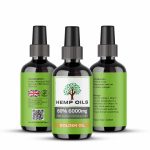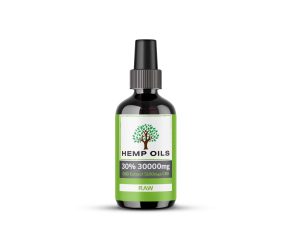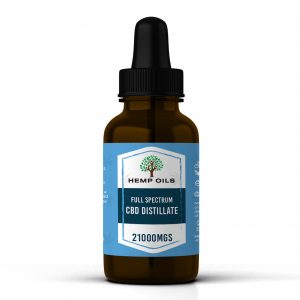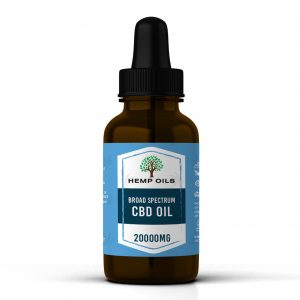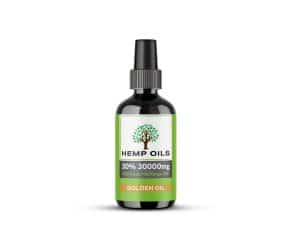Hemp oil has gained popularity in recent years for its nutritional benefits and versatility in cooking. Whether you want to incorporate it into your daily diet or experiment with new recipes, making hemp oil at home is a simple and rewarding process. By using high-quality hemp seeds and following a step-by-step guide, you can enjoy the benefits of homemade hemp oil in your culinary creations. In this article, we will explore the process of making hemp oil for cooking, from choosing the best hemp seeds for extraction to storing and using the oil in your favorite dishes.
===Choosing the Best Hemp Seeds for Oil Extraction
When it comes to making hemp oil, selecting the right hemp seeds is crucial. Look for seeds that are specifically labeled for oil extraction, as these will have a higher oil content. It is recommended to choose organic, non-GMO seeds to ensure the purity and quality of your homemade oil. You can find hemp seeds at health food stores, online retailers, or even consider growing your own hemp plants for a truly organic experience. Remember, the quality of your oil depends on the quality of the seeds, so take your time to find the best option available.
===Step-by-Step Guide: Extracting Hemp Oil at Home
-
Preparing the seeds: Start by cleaning the hemp seeds to remove any dirt or impurities. Rinse them thoroughly and allow them to dry completely.
-
Decarboxylation: Heat your oven to 250°F (121°C). Spread the dried hemp seeds evenly on a baking sheet and place them in the oven. Bake for approximately 30 minutes to activate the cannabinoids and enhance the flavor profile of the oil.
-
Grinding the seeds: Once the seeds have cooled down, transfer them to a blender or food processor. Grind them until they form a fine powder. This step helps in releasing the oil from the seeds.
-
Extraction process: Fill a large jar with the ground hemp seeds and pour a high-quality carrier oil, such as olive oil or coconut oil, over them. Make sure the seeds are fully submerged. Stir the mixture well and seal the jar tightly.
-
Infusion: Place the jar in a cool, dark place and let it sit for at least two weeks. Remember to shake the jar gently every day to ensure proper infusion of the oil with the hemp seeds.
-
Straining and bottling: After two weeks, strain the mixture using a cheesecloth or fine-mesh strainer to separate the oil from the seeds. Squeeze out every last drop of oil, and then transfer the strained oil into a clean, airtight bottle for storage.
===Storing and Using Homemade Hemp Oil in Your Cooking
To maintain the freshness and quality of your homemade hemp oil, it is essential to store it properly. Keep it in a cool, dark place away from direct sunlight, as light can degrade the oil over time. When stored correctly, homemade hemp oil can last up to six months. Be sure to check for any signs of spoilage before using it in your cooking.
Homemade hemp oil can be used in a variety of ways in your culinary endeavors. It adds a nutty and earthy flavor to salad dressings, dips, and marinades. You can also drizzle it over cooked vegetables, pasta, or bread for an extra boost of nutrition. Remember that hemp oil has a low smoke point, so it is best used as a finishing oil rather than for high-temperature cooking. Experiment with different recipes and enjoy the unique taste and health benefits that homemade hemp oil brings to your cuisine.
Making hemp oil for cooking is a rewarding and straightforward process that allows you to incorporate the goodness of hemp seeds into your daily diet. By choosing high-quality seeds, following a step-by-step extraction guide, and storing the oil properly, you can enjoy the nutritional benefits and distinct flavors of homemade hemp oil in your favorite recipes. Whether you are an adventurous home cook or a health-conscious individual, making hemp oil at home opens up a world of culinary possibilities that are both delicious and beneficial for your well-being. So, why not give it a try and unlock the full potential of hemp oil in your cooking?
